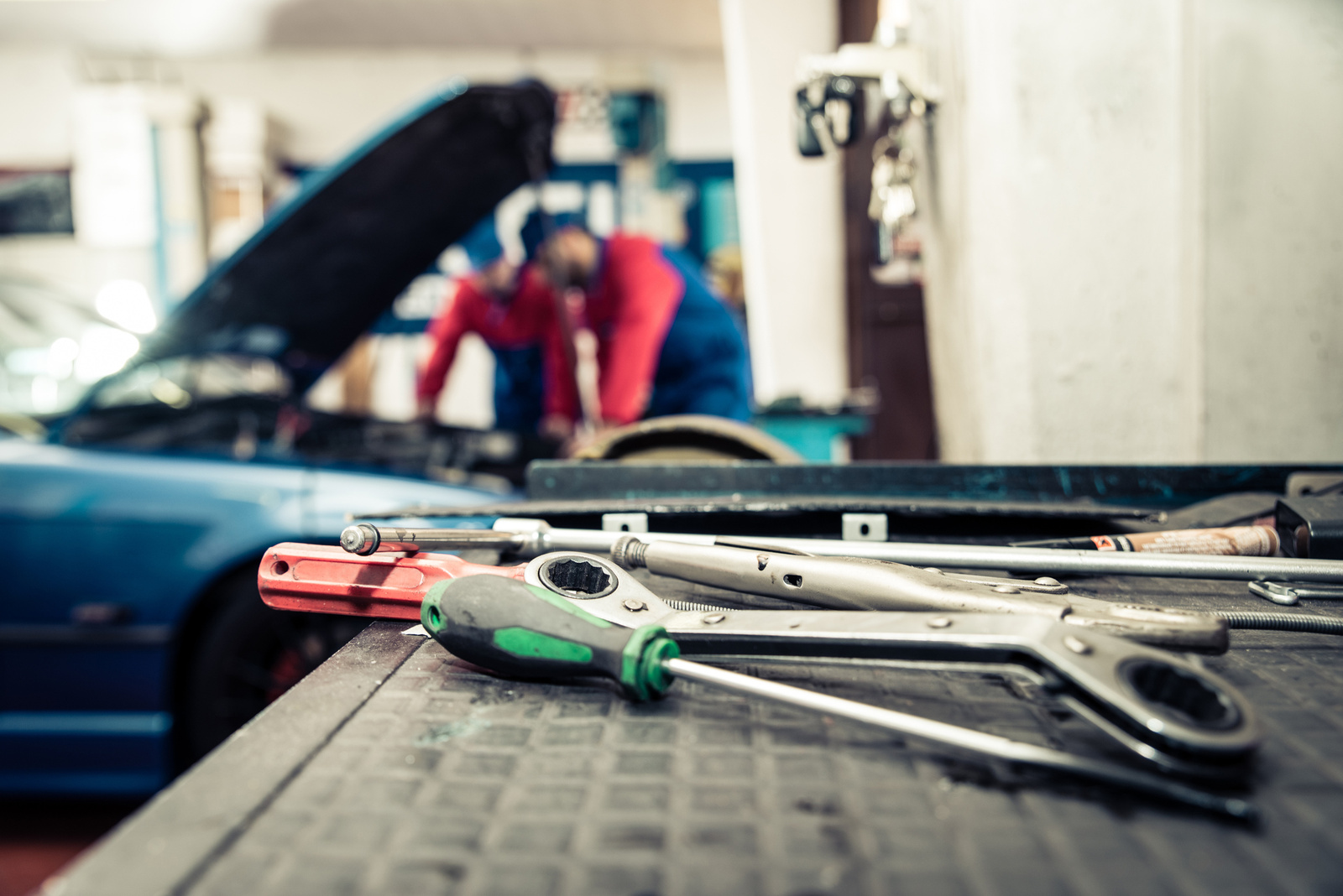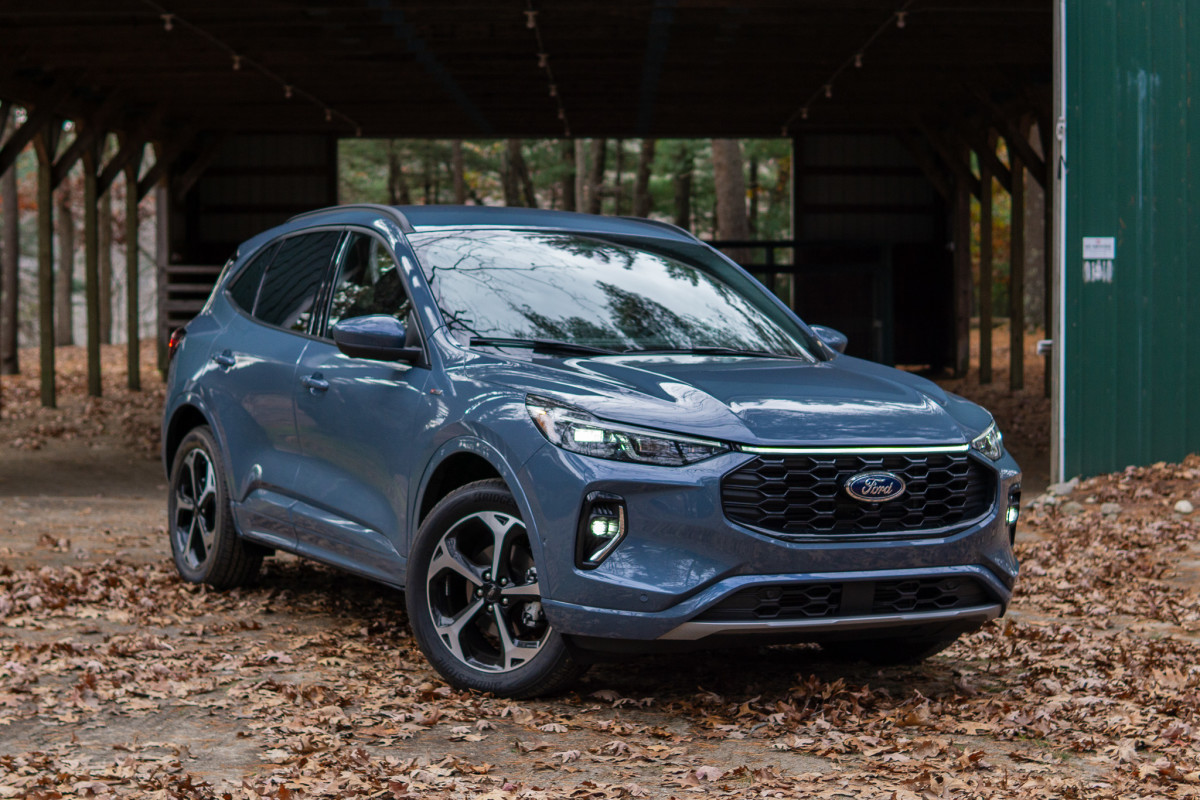So you're ready to buy a new vehicle. Assuming you have a car now, you're probably wondering whether trading it in is a viable option. Even if you have an older vehicle, you can take advantage of your used car to chip away at the price of your new car, resulting in a lower car loan or down payment and potential tax savings.
The better the condition of your old car, the better its private party sale and trade-in values, obviously. We can all easily imagine that a brand-new-looking automobile free of engine problems is going to fetch a higher price than an older automobile, a non-running car, or a damaged car. What’s not obvious is how much work you should put in to your older car before bringing it to the dealership for a trade-in valuation. Major repair work is best left to the pros—they can do the work for less money, and they won’t add the cost you paid for repairs to the trade-in value. Small fixes, however, are worth the effort.
Wash and Detail Your Car

As a basic rule of thumb, making a good first impression at the car dealership means thoroughly cleaning your vehicle, both the interior and the exterior. No amount of cosmetic improvements can hide a blown engine, of course, but buyers want to know that your car has had proper upkeep. It will be hard to convince a dealer (or any potential car buyer) that your trade in has had regular oil changes and is worth good money if it looks like a junk car.
First, hand wash and wax the exterior. You can pay a professional or do it yourself. If you’re taking the wash into your own hands, make sure to use an actual car-wash product and not dish soap, laundry soap, or any other household cleaners. It’s also best to use a specific car-wash sponge, microfiber cloth, or lamb’s wool washing mitt, and be sure to regularly re-wet that sponge, towel, or mitt in your bucket of car-wash suds as you clean each section of the vehicle.
Waxing your car after it’s washed will add an appealing shine. The newer synthetic, polymer-based waxes are easier to use than carnauba-based waxes, but either will work as long you apply it with a foam applicator pad using tight, circular strokes. Once you’ve covered the entire car, remove the excess wax with a clean microfiber towel.
Climb inside and get rid of those empty fast-food bags and discarded gum wrappers. Then, clear out any personal items or papers that may have accumulated over the years. The only paperwork you should have in the vehicle is an organized pile of maintenance records stored neatly in the glove box.
Finally, take your car to a professional detailer, or, if you want to save a few bucks, you can detail the interior yourself—shampoo the carpets, clean the glass inside and out, use ionizers and neutralizers to eliminate any foul odors, and get inside the door jambs. Use a toothbrush to extract those stubborn crumbs and a screwdriver to reach the difficult nooks and crannies.
Replace Headlamps and Clean Foggy Headlights

Check all your lights, inside and out, and replace any bulbs that have gone out. Bulbs are inexpensive and easy to find at any auto parts store.
Foggy headlights are also fairly easy to fix, and clean lenses will give your car a fresh look. You can pay to have the headlights buffed out, but you can do it yourself by rubbing toothpaste (yes, toothpaste—the whitening kind works especially well) on the lens cover with a rag and an extra helping of elbow grease, rinsing it off with water, and then letting it dry.
Change or Refill Fluids
Check (and top up, if necessary) the oil, radiator, brake fluid, transmission fluid and windshield-washer reservoir. Sure, the car dealer can easily fill and replace the fluids, but if your oil is low or you’ve run out of windshield-washer fluid, the dealer may wonder whether you’ve properly maintained your car, which could result in a lower trade-in value.
Take Good Care of Your Windshield
In addition to filling the washer fluid, you should also make sure your wiper blades are in good condition. If not—if they’re dried out or cracked—buy a new pair of inexpensive wipers. You can install them yourself, but if you’re not sure how, the auto parts store where you purchased the wipers will normally install them for you at no cost.
If there’s a crack in your windshield, don’t ignore it. Your insurance company may replace the windshield for free, but even if it’s not covered by insurance, replacing the windshield should not be too expensive and, again, it will give the impression that your car has been well maintained when you roll up to the car lot.
Use Touch-Up Paint on Scratches and Dings

If your paint job is dinged, purchase the matching touch-up paint and color in those scratches. You can find small bottles of touch-up paint at dealerships or online for less than $20, well worth it for the improvement to your car's value. We have more information about fixing paint scratches and dings in our guide to Easy DIY Car Maintenance Jobs Anyone Can Manage.



